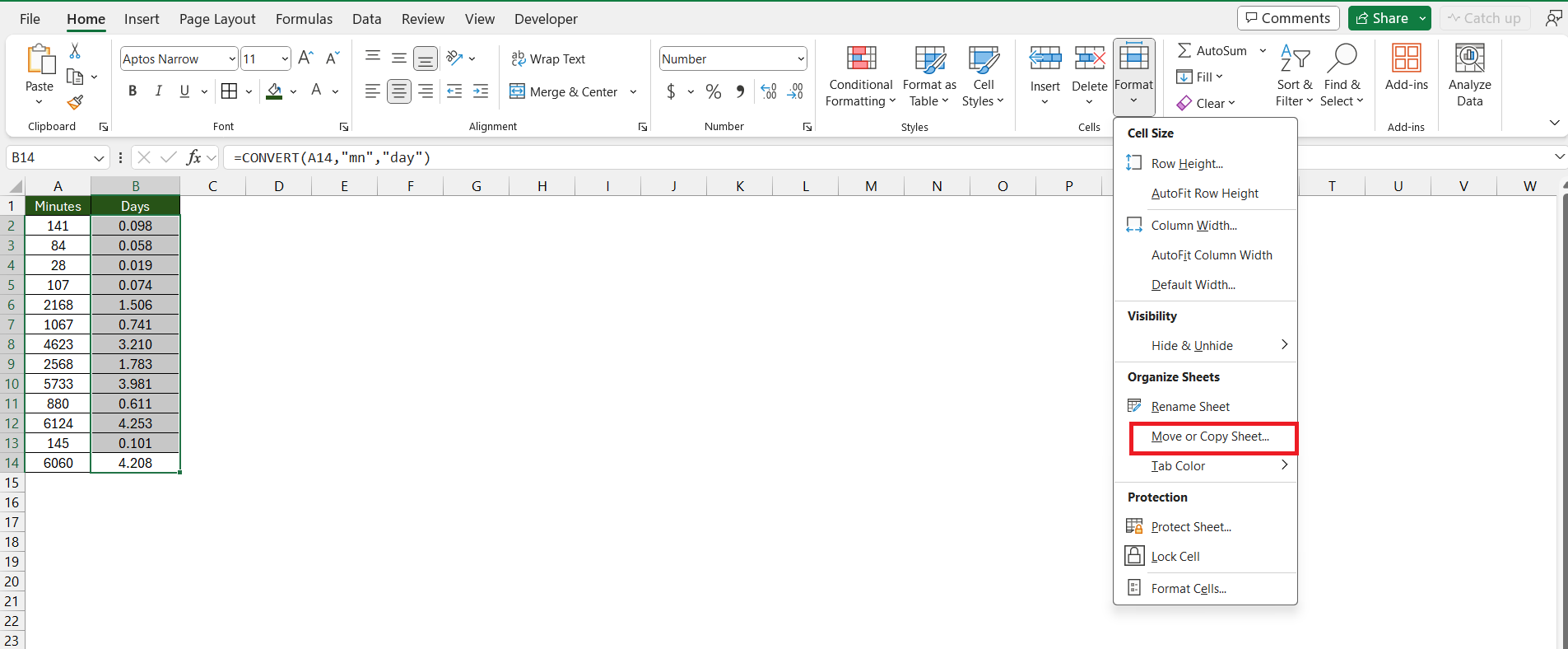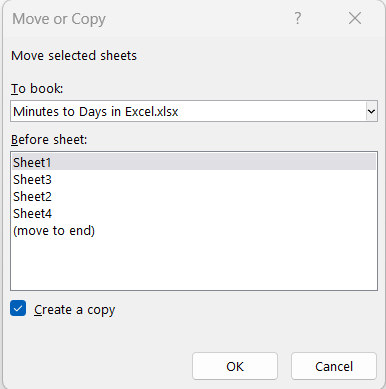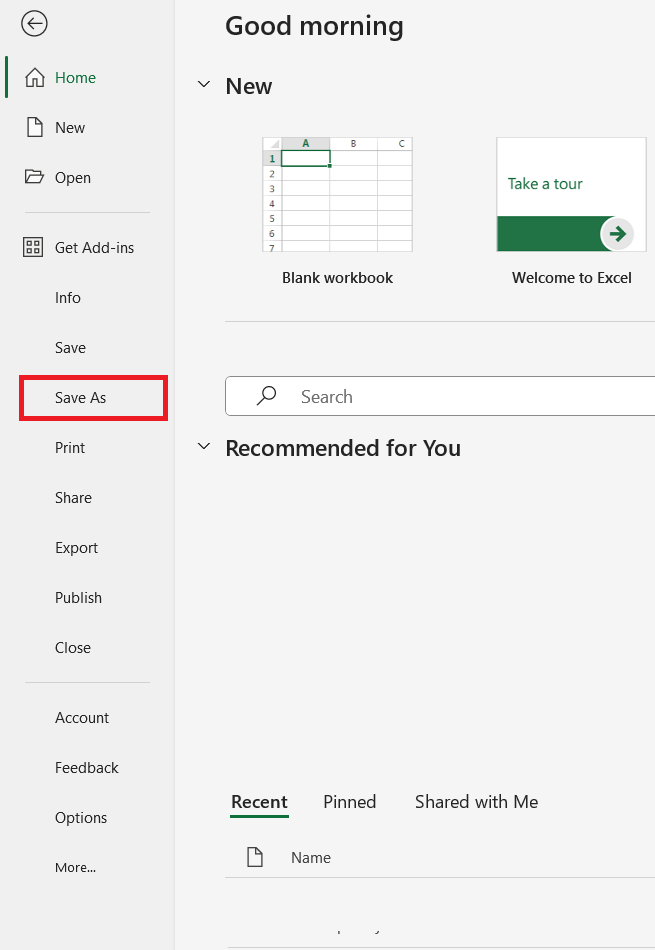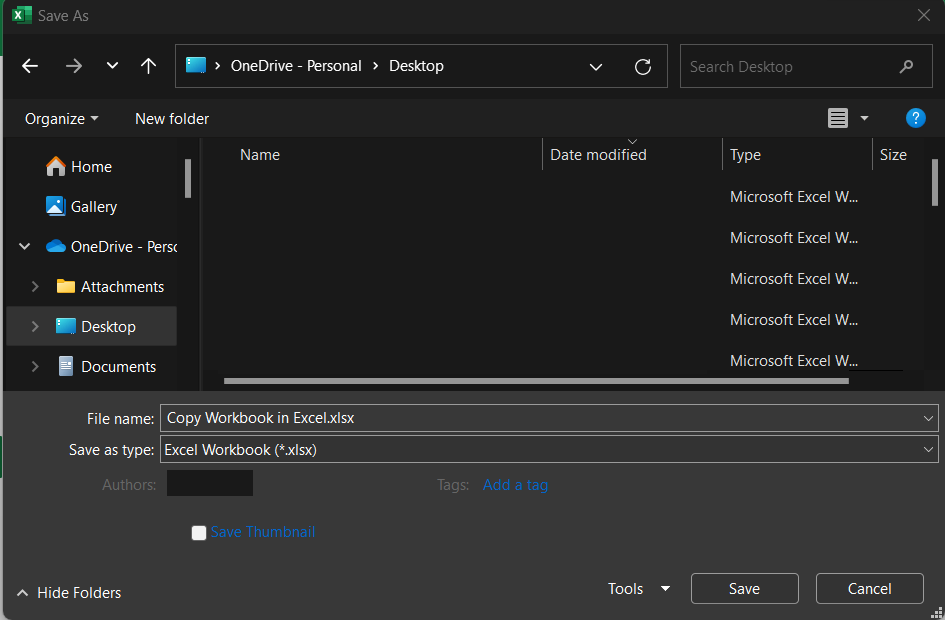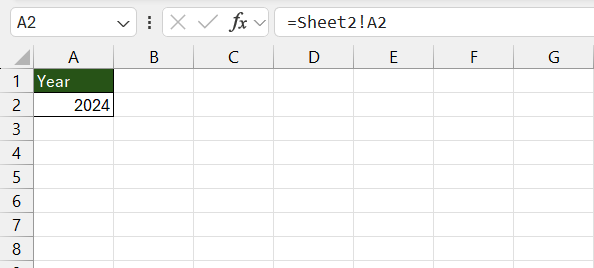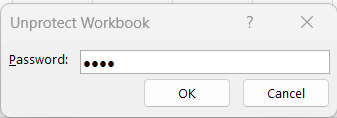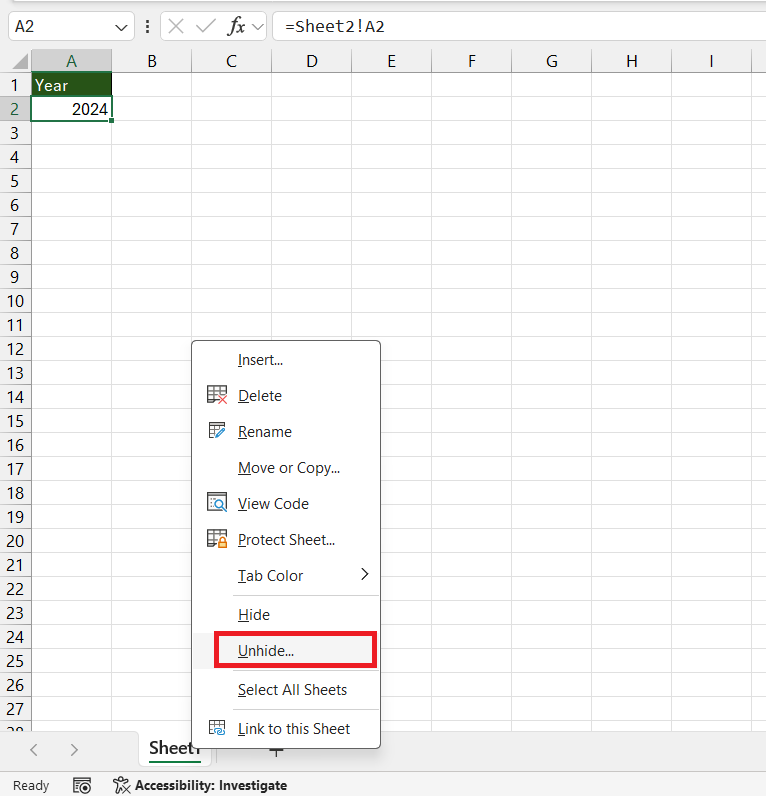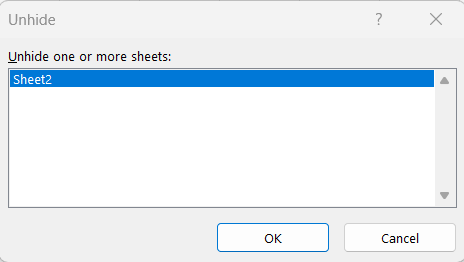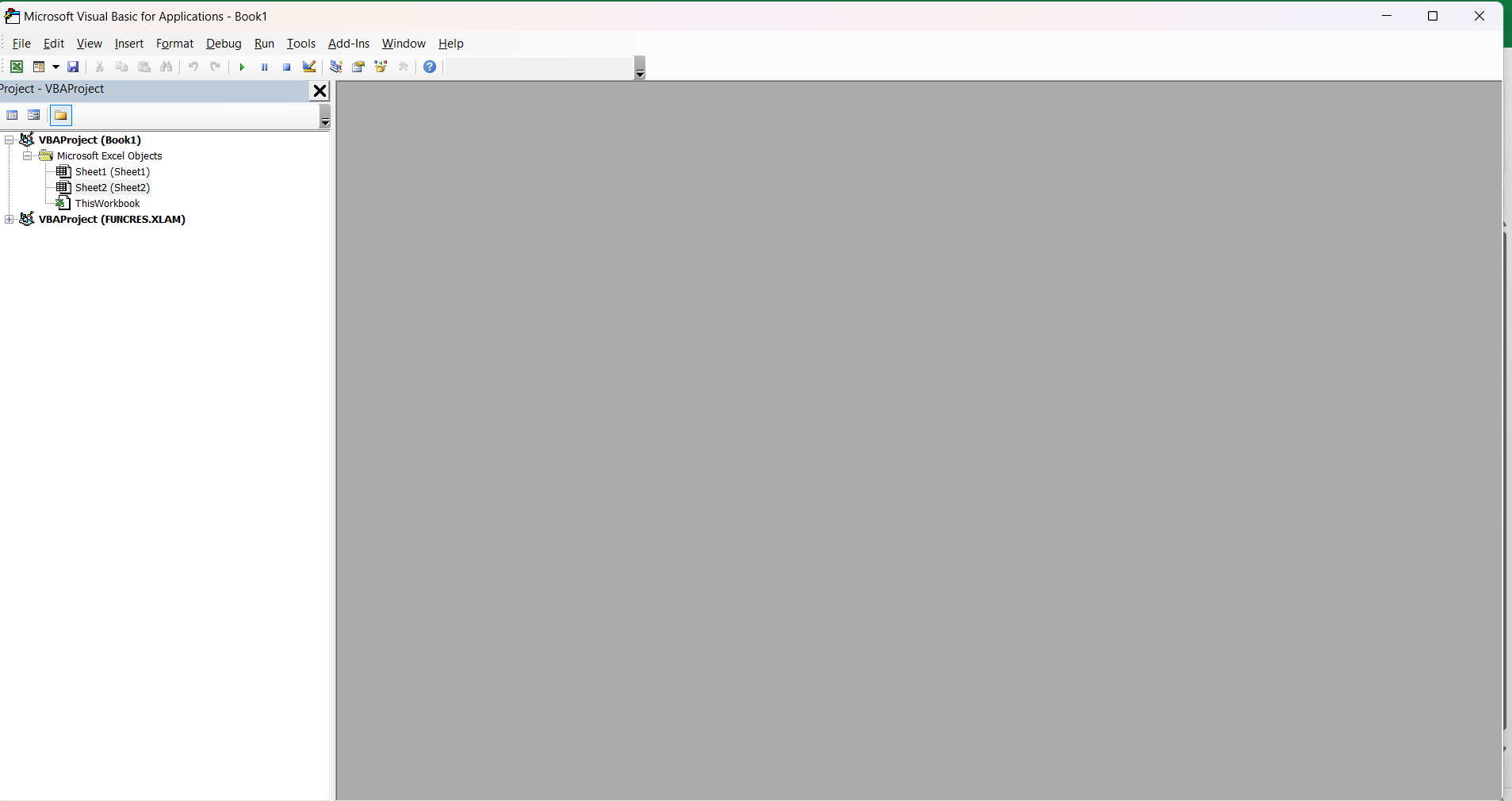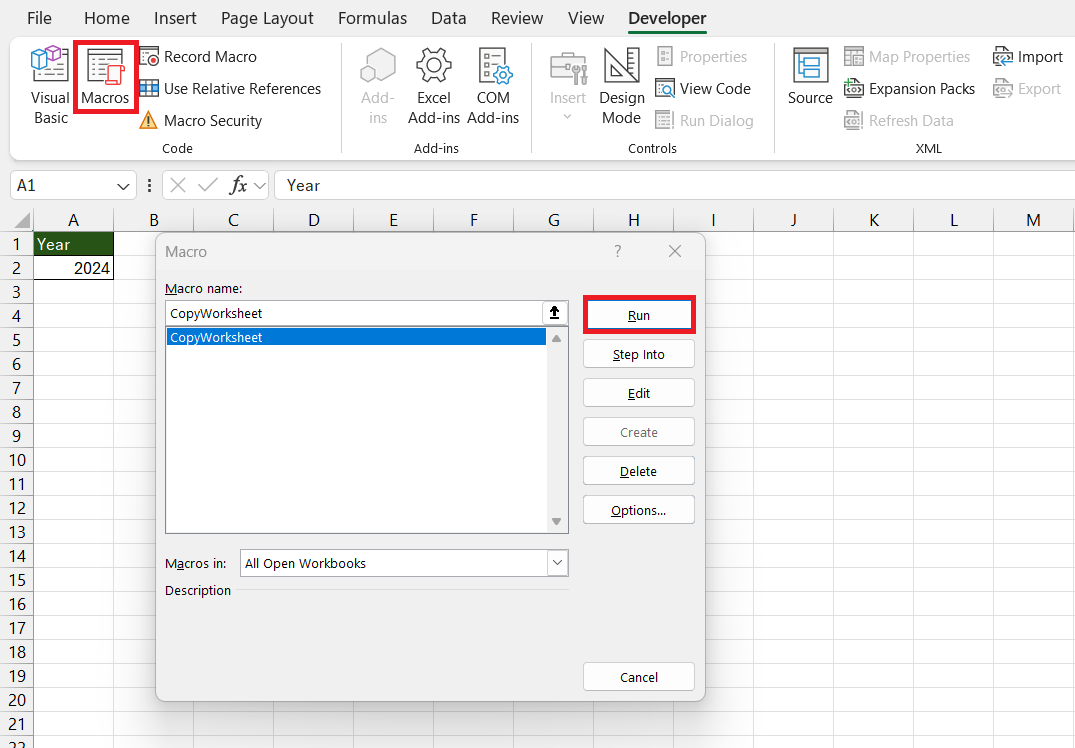Unlocking the ability to efficiently copy Microsoft Excel workbooks is akin to mastering a secret weapon for productivity enhancement. This guide dives into techniques that not only facilitate the methods to copy workbook but also ensure data management is streamlined, secure, and smart. Whether it’s for creating backups, managing different project versions, or sharing data without altering the original, mastering these Excel pro tips propels your capabilities to new heights.
Key Takeaways
- Purposeful Duplication: Copying workbooks supports various objectives like version control, review and comparison, security, and backup, ensuring data integrity and flexibility.
- Drag to Duplicate: Utilize the simple drag-and-drop method for quick sheet duplication within workbooks, perfect for fast-paced environments.
- Ribbon Utilization: Leverage Excel’s ‘Move or Copy’ feature via the ribbon for a more controlled and error-free duplication process, especially beneficial for copying sheets to other workbooks.
- Save As for Whole Workbooks: Use the ‘Save As’ function to effortlessly create a complete backup of your workbook, preserving all data, formulas, and formats.
- Formula-Based Replication: Implement formula-based sheet copying for dynamic data updates, ensuring real-time consistency across documents while maintaining formatting manually.
Table of Contents
Master the Art of Copying Excel Workbooks
A Prologue to Productivity with Excel
Excel isn’t just about crunching numbers; it’s a powerhouse for improving your efficiency across projects, schedules, and budgets. By mastering the art to copy workbooks, you embrace the potential to streamline repetitive tasks effortlessly. Imagine not having to start from scratch every time—you can simply build on the solid groundwork you’ve already laid out.
Identifying Your Needs: Why Copy Workbook?
Copying Excel workbooks is not just about creating duplicates; it’s about smart data management. You may want to copy workbook to create different versions of a project, maintain backups, or share data without compromising the integrity of the original file. Each of these reasons has a common thread: preserving the original data while still enabling flexibility and collaboration.
- Version Control: Keep track of developments or revert to an older version if necessary.
- Review and Comparison: Share your workbook with others, enabling them to review and suggest edits, while you maintain the original for comparison.
- Security: Safeguard against unauthorized changes by keeping a copy for reference.
- Backup: Prevent data loss by having a spare copy in case of accidental deletion or corruption.
Remember, copying workbooks is a proactive step towards efficient data management and can save you time and potential headaches in the future.
Quick Guide to Copy Excel Sheets Effortlessly
Drag to Duplicate: The Simplest Method
Duplicating a sheet within an Excel workbook can be as easy and intuitive as dragging and dropping. This method is surprisingly fast and efficient, making it ideal for quickly replicating data across multiple sheets. Here’s how to do it:
- Simple Steps to Copying: Click on the sheet tab you wish to copy.
- Hold the
Ctrlkey and simultaneously click and drag the tab to the desired location. - When you see a small arrow or a plus sign, release the mouse button to drop the copy.
This process effectively clones your sheet, ensuring that all formulas, formatting, and data come across intact.
- When to Use: For quickly generating a template-based document.
- When you need to create a backup of the current state of a sheet.
- For iterative comparisons between different versions of a sheet with only minor changes.
Embrace this effortless technique, and you’ll be manipulating your workbooks with confidence and ease.
Ribbon Magic: Utilizing Excel’s Built-in Features
The ribbon in Excel is not just a collection of icons; it’s a gateway to a wealth of powerful tools and features. One of these treasures is the ability to copy a worksheet using the built-in ‘Move or Copy’ feature. Here’s your quick guide to harnessing this capability.
STEP 1: Click the Home tab to reveal the common tasks within Excel. In the Cells group, find and click on Format. From the dropdown menu, select Move or Copy Sheet.
STEP 2: In the ‘Move or Copy’ dialog box, choose the workbook you want to copy the sheet to—it can be the same workbook or a new one. Pick the position where you want the sheet to land within the chosen workbook. Check the Create a copy box and click OK.
You’ve just used the Excel ribbon to clone a worksheet quickly!
Why Utilize the Ribbon?
- It offers a visual approach that some users find more intuitive.
- It reduces the risk of mistakes compared to dragging, especially with complex workbooks.
- This method provides an easy way to copy to other workbooks or to a new one entirely.
By incorporating the ribbon into your Excel routine, you unlock new levels of productivity and data management prowess.
Advanced Excel Techniques for Workbooks
Mastering the Save As Shortcut
Creating a copy of an entire workbook is straightforward with the ‘Save As’ feature. It’s a quick trick that ensures all sheets, formulas, and formats are duplicated. Mastering this shortcut allows you to efficiently produce a replicate of your workbook with a few clicks. Here’s a breakdown:
STEP 1: Open the workbook you want to clone.
STEP 2: Press F12 on your keyboard or click File > Save As.
STEP 3: Decide on a new location and/or file name for the workbook copy. Hit Save.
Your original workbook remains open and untouched, with the copy safely stored at your chosen destination.
When to Use ‘Save As’:
- When you need a full backup of your entire workbook.
- Creating a new version for a fresh set of data while maintaining historical data unchanged.
- Preparing a standalone copy for sharing with a colleague or stakeholder.
Remember, ‘Save As’ doesn’t just duplicate; it preserves a moment in time for your Excel data, making it an essential tool for effective workbook management.
Formula Based Sheet Replication
When you need dynamic replication, formula-based sheet copying is your go-to solution. Utilize Excel’s cell referencing to automate data flow between sheets. This method ensures that updates in the original sheet are mirrored in the copy. Let’s dive into the efficient world of formula-based replication:
- On your destination sheet, input
=SheetName!CellReference(e.g.,=Sheet2!A2).
- Copy the formula down or across to pull in data from the corresponding cells in your source sheet.
Benefits:
- Maintaining real-time data consistency across multiple sheets.
- Creating dashboards or reports that feed from raw data in another sheet.
- Devising a system where the master sheet drives updates automatically.
Keep in mind, while formulas transfer data effectively, they do not carry over formatting. For formatting consistency, consider other methods such as the ‘Move or Copy’ feature or manually adjusting the destination sheet.
Embrace formula-based sheet replication for live data sharing and congruency across your Excel workbooks, but be prepared to handle formatting separately for that polished look.
Tackle Common Hurdles When Copying Sheets
Dealing with Protected Workbooks and Hidden Worksheets
Excel’s protection features are designed to prevent unauthorized changes, but they can also hinder legitimate tasks like copying sheets. And sometimes, you might not realize that worksheets are hidden. Let’s navigate these common hurdles so you can proceed without obstacles.
To unprotect the workbook –
- To check if a workbook is protected, navigate to the ‘Review’ tab and look at the ‘Protect Workbook’ button. If the button is highlighted, the workbook is protected.
- Click the button to input the password and remove protection.
To unhide –
- Right-click any visible sheet tab and select ‘Unhide’.
- In the dialog box that appears, select the sheet you want to unhide and click ‘OK’.
Always remember that protecting and hiding sheets are security and privacy features. Ensure you have the proper authorization to unprotect or unhide them.
Handling protected and hidden sheets might seem daunting at first, but once you’re familiar with these features, they become valuable tools in your Excel toolkit for maintaining data integrity and confidentiality.
Bonus Insight: Automation with VBA Scripting
Script Your Way to Efficient Workbook Duplication
Automating Excel tasks with VBA (Visual Basic for Applications) scripts can revolutionize the way you duplicate workbooks. Creating a macro to copy sheets is a powerful way to streamline your Excel processes, especially for those repetitive tasks. Let’s unlock the potential of VBA for workbook duplication.
STEP 1: Press ALT + F11 to open the VBA editor.
STEP 2: Insert a new module and write a macro. For instance:
STEP 3: Run the macro from the VBA window or assign it to a button on your worksheet.
Benefits –
- For repetitive tasks, macros reduce time and eliminate human error.
- You can customize scripts for specific operations like renaming sheets or modifying layouts post-copy.
- Automation frees up time for more complex data analysis tasks.
Although scripting with VBA introduces efficiency, it requires some basic programming knowledge. But fear not, with a plethora of online resources and a bit of practice, you can quickly become adept at using VBA for Excel tasks like workbook duplication.
Frequently Asked Questions on How to Copy Workbooks
Can I copy an entire workbook including all tabs at once?
Yes, you can copy an entire workbook including all tabs at once by using the ‘Save As’ feature. Open the Excel workbook, go to ‘File’, choose ‘Save As’, and then select a new location or file name for the workbook. When you click ‘Save’, a complete copy of the workbook, including all the tabs, will be created.
Why can’t I copy certain sheets to another workbook?
Some sheets may not copy to another workbook because they contain features like Excel tables that don’t support group sheet operations. Additionally, the workbook you’re trying to copy to might be protected or in a different Excel format (e.g., older .xls versus newer .xlsx), which affects compatibility. Ensure that the sheets are individually copied and the destination workbook is compatible and unprotected.
Is there a way to rename sheets automatically during the copy process?
Yes, after copying a worksheet, you can rename it manually. But for automatic renaming, you would have to use a VBA macro. The macro can be programmed to duplicate a sheet and rename it based on predefined rules or cell values. This automates the process and makes batch operations much more efficient.
How do I copy an Excel spreadsheet without losing the layout and format?
To copy an Excel spreadsheet without losing layout and format, use the ‘Move or Copy’ feature. Right-click on the sheet tab, select ‘Move or Copy’, then choose the destination workbook. Check the ‘Create a copy’ box and click ‘OK’. This ensures that all formatting and layout are preserved in the copied sheet.
How do I copy an Excel spreadsheet to another workbook without links?
To copy an Excel spreadsheet to another workbook without links, first copy the data then use ‘Paste Values’. This can be done by right-clicking the destination cell range, selecting ‘Paste Special‘, and choosing ‘Values. This strips away formulas and leaves only the data, eliminating links to other workbooks.
John Michaloudis is a former accountant and finance analyst at General Electric, a Microsoft MVP since 2020, an Amazon #1 bestselling author of 4 Microsoft Excel books and teacher of Microsoft Excel & Office over at his flagship MyExcelOnline Academy Online Course.

